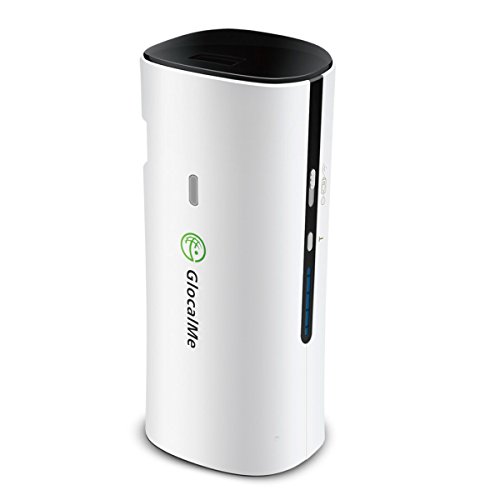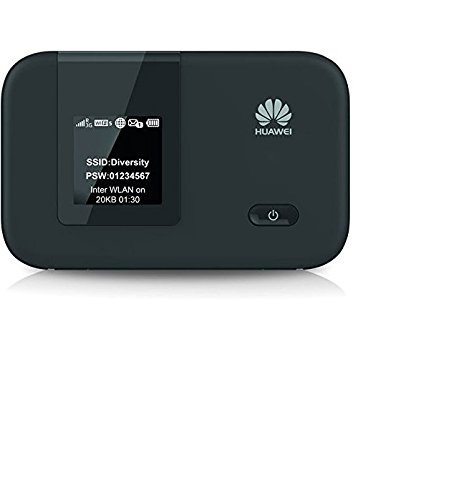Imagine a world where wireless Internet was literally everywhere. You could work – and play – anywhere you wanted. You could open up your laptop and answer a few urgent emails while having your car’s oil changed.You could even go to the park and watch an episode of your favorite TV show while also enjoying a nice spring day.
In the past these scenarios were pure fantasy. While there are many businesses which offer WiFi, there are also many businesses which do not. Even when downtown in a city like San Francisco or Miami you’ll have difficulty finding a WiFi signal which is usable. And even if you do find a usable signal you have to worry about security. Logging into your online bank account over public WiFi is a great way to have your identity stolen.
However, there is now a way to make these fantasies a reality. A new technology known as 4G WiMAX promises to bring WiFi to entire cities, letting you access wireless Internet from anywhere.
What is 4G WiMAX?
Traditional WiFi does the job it was meant to do. That job, however, only extends to a radius of a few hundred feet in perfect conditions. It is a standard of wireless connectivity built with the intention of providing Internet access to a small area, not to an entire city. While some smaller cities have successfully implemented wireless Internet access using chains of WiFi routers and range extenders, larger cities need a different technology.
That is where WiMAX comes in. WiMAX is an acronym for Worldwide Interoperability for Microwave Access. It is a standard which allows all WiMAX enabled devices to speak with each other. WiMAX is fundamentally different from WiFi because it is designed to transmit signals across distances measured in kilometers rather than meters. Information is sent to and received from large transmitting devices which are operated by a WiMAX service provider instead of routers which are owned by individuals or businesses.
The term 4G, which is often applied to WiMAX solutions, stands for fourth generation. It is not a technical term in that it does not stand for a specific technology. Instead, it is used to inform consumers of a substantial improvement in speed over previous technology.
4G WiMAX Compared to DSL and Cable
Current 4G WiMAX implementations are capable of average download speeds of 3 to 6 Mbps and upload speeds of up to 1Mbps. Peak download speeds may be as high as 10 Mbps depending on the service being used.
This is competitive with more traditional broadband services, such as DSL and Cable. Basic DSL plans usually start at a speed of 1.5 Mbps through companies such as Qwest and Earthlink, while cable Internet providers such as Comcast offer cable broadband with speeds starting at 1 to 3 Mbps, depending on your location.
Current WiMAX technology can’t match the highest possible DSL and Cable speeds, which usually peak at around 20Mbps on the most expensive service plans. Of course, DSL and Cable can’t offer the ability to use wireless Internet anywhere in your city. The hardware required to make use of 4G WiMAX is also often less expensive. Laptops which are already WiMAX enabled will not require additional hardware, and all other computers can use a WiMAX USB adapter to access the Internet. Purchasing this adapter is usually less expensive than purchasing the modem and router which would be required to enable wireless Internet in your home.
Note that some residential implementations in rural areas are an exception to this, as the long distances involved require that a large direction dish be mounted outside the home.
WiMAX Coverage
WiMAX is an exciting new technology. This means that availability is still rather limited, but there are many cities which have WiMAX coverage available.
The largest provider of WiMAX coverage in the United States is Clear, a company which focuses exclusively on WiMAX Internet. Clear originally launched in Portland, Oregon and has been gradually introducing the service to new markets. Cities now covered by Clear include Seattle, Las Vegas, Houston, Dallas, Atlanta, Chicago, Philadelphia and many others. Clear is constantly launching new 4G WiMAX service areas and hopes to offer service to every major city in the country within the next few years. Clear offers 4G WiMAX service for as little as $40 per month.
While Clear is the largest player in the United States market, it is far from alone. Regional WiMAX Internet services are provided by numerous organizations. For example, AT&T Alaska offers a WiMAX network which covers Anchorage and Juneau, and the University of Northern Michigan has set up a WiMAX network which covers Marquette, Michigan. These are just two examples. There are numerous WiMAX services across the country and new ones are arriving monthly.
It isn’t just cities which are receiving WiMAX. The largest planned implementations of WiMAX networks usually involve rural areas. For example, Kansas Broadband has already set up a WiMAX network for Saline Country and currently has plans to set up a rural WiMAX network which will cover 18 counties – 12,000 square miles in total.
The Future of WiMAX
While WiMAX is still in its infancy it is a technology which will undoubtedly become popular. The ability to purchase an Internet plan and use it from anywhere in your city, rather than being restricted to your home, is a major benefit which will surely attractive many customers to these services.
WiMAX will also bring broadband Internet to people who previously had few or no broadband options. In rural areas the infrastructure costs of traditional broadband service can be very high, but WiMAX can cover large distances with little infrastructure. This is a win-win technology which benefits everyone involved.
Check out Best Mobile Hotspot device
Glocalme® G1 SIM-Free Global Free Roaming Mobile Wifi HotspotCheck PriceT-Mobile 4G Hotspot (T-Mobile)Check PriceNetgear Fuse – No Contract – Retail Packaging (BOOST)Check PriceZTE Z915 4G LTE Mobile Hotspot, T-MobileCheck PriceHuawei E5372s Mobile HotspotCheck Price





0 comments:
Post a Comment